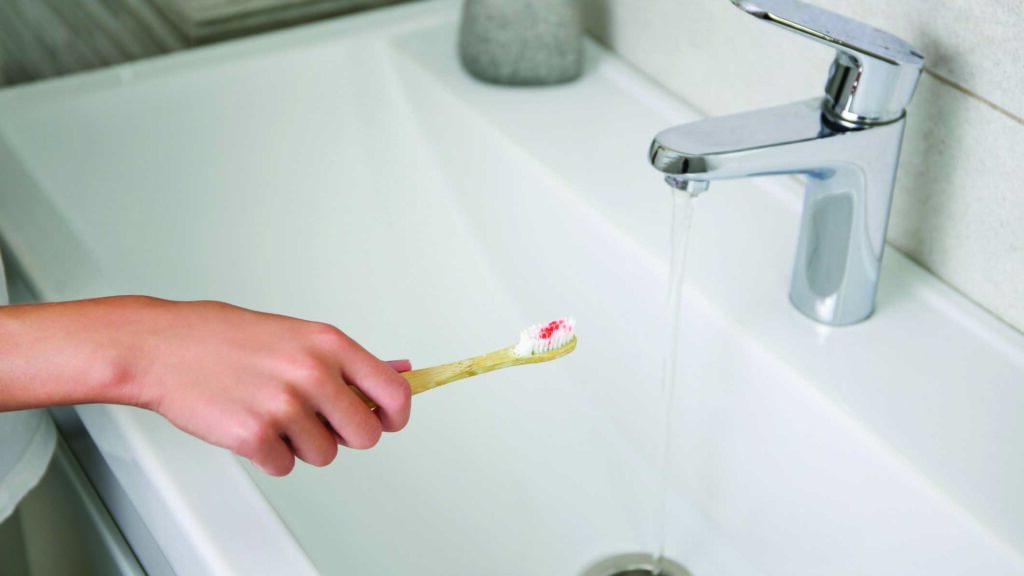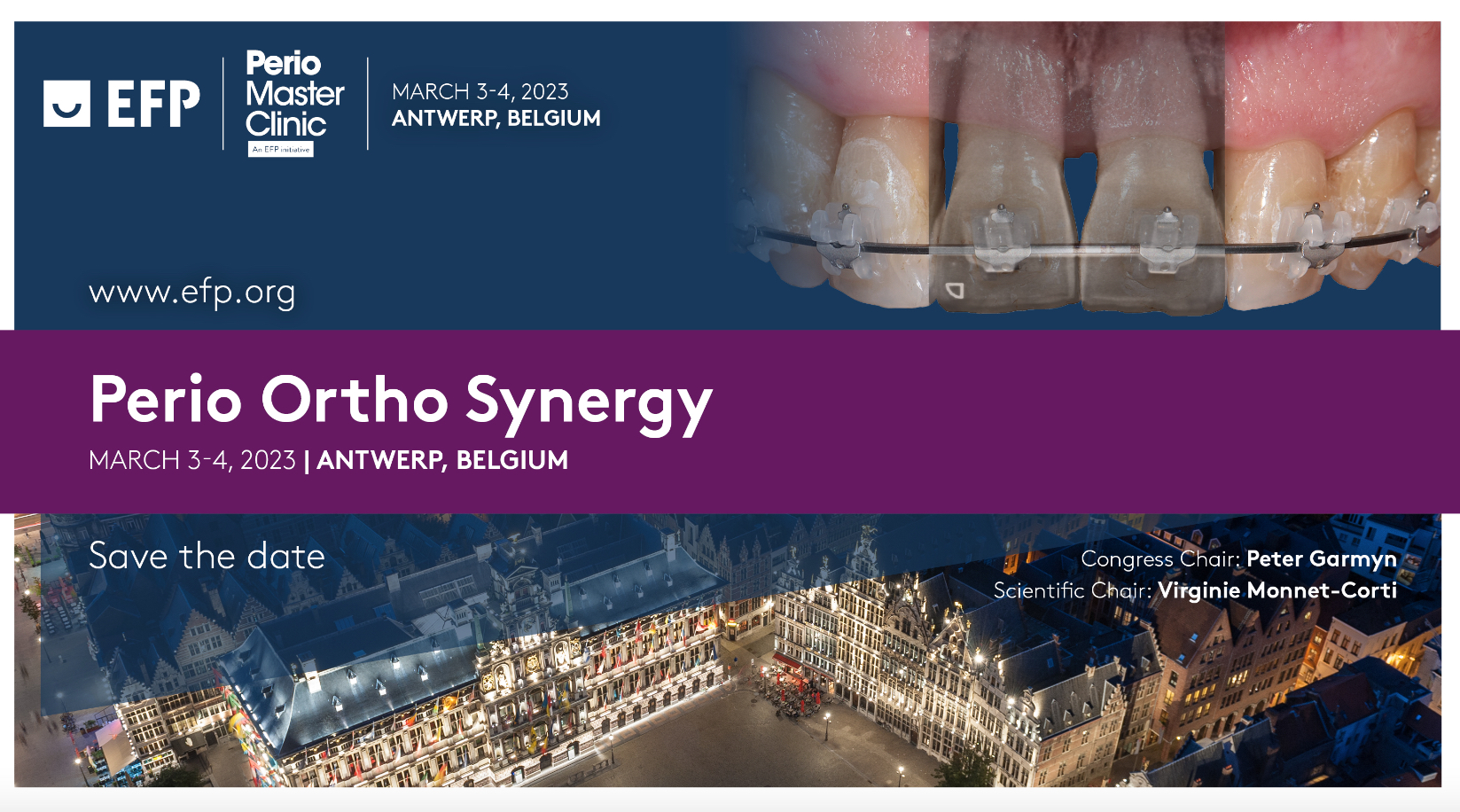
Face (and embrace) the facts!
Whether you’re right out of dental school or you’ve been practising in the trenches for decades, there are some fundamental truths that all hygienists should embrace in our efforts to provide exceptional client care—and some of these facts may surprise you.
Discover the keys to decoding your gums’ language for a healthier, happier smile using bleeding on probing (BOP) as an assessment.
1. BOP Assessments are Indispensable.
Bleeding on Probing (BOP) assessment plays a pivotal role in gauging the progression of periodontal disease by monitoring the health and inflammation of gingival tissues. Documenting a baseline annually, along with probing assessments, yields valuable data. The percentage of BOP serves as a reliable benchmark for tracking the progression of periodontal health.1
2. No BOP, No Progression.
The absence of BOP is linked to a lower likelihood of disease progression. Studies have highlighted the significance of the consistent absence of BOP during repeated examinations as a predictor of periodontal stability. Clinically, the absence of BOP signifies healthy periodontal tissue.1
3. Keep a Close Eye on Gingivitis Using BOP.
Not every case of gingivitis progresses to periodontitis. However, longitudinal studies reveal that sites remaining free from attachment loss show decreasing levels of gingival inflammation over time. Therefore, gingivitis emerges as a significant risk factor and a crucial prerequisite for the development of periodontitis. Effectively managing gingivitis becomes a primary prevention strategy against the progression to periodontitis.2
4. Monitor Bleeding Sites at Every Visit.
Sites with gingivitis-related bleeding on four or more occasions carry a 30% likelihood of progressing to periodontitis.1 This underscores the importance of diligently monitoring bleeding sites during each dental appointment. By consistently assessing these sites, clinicians can not only identify early signs of potential progression but also proactively address and manage conditions to mitigate the risk of advancing to more severe periodontal stages.
5. Know How to Identify a Healthy Periodontium.
In an intact periodontium, maintaining health entails less than 10% of sites exhibiting bleeding on probing (BOP). Whether periodontium reduction stems from non-periodontitis causes or periodontitis, the criterion for health remains consistent: less than 10% BOP. However, health determination also considers pocket depths (PD), less than and equal to 3mm for gingivitis and less than and equal to 4mm for periodontitis. Distinguishing between gingival health in a non-periodontitis client with reduced periodontium and periodontal health in a periodontitis patient is crucial. This differentiation is vital due to varying risks of disease progression in these cases.
6. BOP indicates the need for Nonsurgical Periodontal Therapy.
BOP exceeding 10% and greater on any type of periodontium suggests an unhealthy periodontium necessitating non-surgical periodontal therapy for restoration.1
Nonsurgical periodontal therapy describes the many nonsurgical steps taken by the clinician to eliminate the source(s) of inflammation in a client with periodontal disease. The goal is to return the periodontium to a healthy state that can then be maintained by a combination of both professional care and client self care.
7. BOP Can Predict Recurrence
Following successful periodontal treatment for a periodontitis client, the emergence of gingival bleeding at specific sites becomes a crucial indicator of heightened risks, including disease recurrence and progressive attachment loss. Once probing depth of 4 mm or higher are bleeding, the condition is no longer deemed a “closed pocket.”2
Ongoing vigilance and attentive care are essential to navigate these conditions and avert potential setbacks in periodontal health. There may be a need to consider the reactivation of nonsurgical periodontal therapy to maintain and safeguard the achieved treatment outcomes.
Calculating %BOP
Sites vs. teeth: When calculating %BOP, document the number of sites as described below, not the number of individual teeth.
Total number of sites in the dentition: Multiply the number of teeth present by 6 to determine the total number of sites.
Count bleeding sites: Identify and count the total number of bleeding sites.
Percentage calculation: Divide the number of bleeding sites by the total number of sites in the dentition and then multiply by 100.
Example: 40 (bleeding sites) divided by 168 (total number of sites) x 100 = 24%
8. Don’t Let a Low BOP Fool You
If bleeding on probing (BOP) is less than 10%, the periodontium is generally deemed healthy, suggesting the presence of incipient gingivitis. Incipient gingivitis may be viewed as a stage within the spectrum of “clinical health,” but it has the potential to rapidly transform into localized gingivitis if left untreated so be vigilant.3
9. Zero Bleeding Is Your Goal
The absence of BOP at repeated examination represents periodontal health and is a very reliable indicator for periodontal stability.1
A BOP score of zero should be the goal for every client in your practice. Introducing a BOP report card may motivate clients to actively monitor and inquire about their score at each appointment, fostering a collaborative approach to achieving and maintaining oral well-being.
10. Use BOP to stop Peri-Implant Mucositis in Its Tracks
In a clinical context, peri-implant health is identified by the absence of visible signs of inflammation and bleeding upon probing. Peri-implant mucositis is recognized by both bleeding on probing and observable signs of inflammation. Notably, peri-implantitis is distinguished by the gradual loss of supporting bone around the implant. It is commonly understood that peri-implant mucositis precedes peri-implantitis. Given this understanding, the vigilant monitoring of inflammation becomes crucial. At the earliest indication of inflammation and bleeding on probing, the initiation of non-surgical periodontal therapy is imperative.4
References:
- Lang NP, Bartold PM. Periodontal health. J Periodontol. 2018;89(Suppl 1): S9–S16. https://doi.org/10.1002/JPER.16-0517
- Chapple ILC, Mealey BL, et al. Periodontal health and gingival diseases and conditions on an intact and a reduced periodontium: Consensus report of workgroup 1 of the 2017 World Workshop on the Classification of Periodontal and Peri-Implant Diseases and Conditions. J Periodontol. 2018;89(Suppl 1): S74–S84. https://doi.org/10.1002/JPER.17-071
- Murakami S, Mealey BL, Mariotti A, Chapple ILC. Dental plaque–induced gingival conditions. J Periodontol. 2018;89(Suppl 1): S17–S27. https://doi.org/10.1002/JPER.17-0095
- Caton J, Armitage G, Berglundh T, et al. A new classification scheme for periodontal and peri-implant diseases and conditions – Introduction and key changes from the 1999 classification. J Periodontol. 2018;89(Suppl 1):S1–S8. https://doi.org/10.1002/JPER.18-0157
About the Author:

A passionate educator with 30+ years of clinical and business experience, Gabriele has revolutionized how practices optimize client outcomes, growth, and revenue through her consultancy company, GEM Dental Experts Inc. A former practice owner, published author, dental hygiene program director, quality assurance program assessor, and entrepreneur of the year, Gabriele shares her innovative views on dental hygiene through her work as an advisor for the Oral Hygiene magazine, a public speaker, consultant, educator, and business coach for forward-thinking dental practices. The GEM Dental workshop series is PACE approved and guaranteed to optimize client out-comes and practice revenue. To reach Gabriele, visit www.gemdentalexperts.com.










